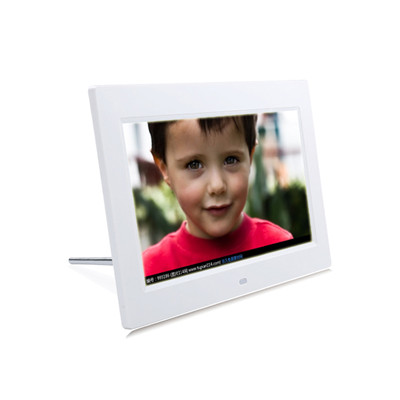Gestures and interactions on touch screens are fundamental to how users engage with electronic devices and digital interfaces. These gestures and interactions are designed to be intuitive and user-friendly, enabling users to navigate, manipulate, and interact with content efficiently. Here are some common gestures and interactions on touch screens:
- Tap: The simplest and most basic gesture, tapping involves touching the screen briefly with a finger or stylus. Tapping is used to select items, open apps, execute commands, and interact with on-screen elements like buttons and links.
- Double Tap: This gesture involves quickly tapping the screen twice in succession. It is often used for actions like zooming in on an image or text or to perform specific actions within apps.
- Long Press (Press and Hold): By pressing and holding a finger on the screen, users can trigger additional options or actions. This gesture is commonly used for accessing context menus, rearranging icons on the home screen, or initiating the app uninstall process.
- Swipe: Swiping involves dragging a finger across the screen in a particular direction. Swiping is used for various purposes, including scrolling through lists or pages, navigating between screens, and unlocking devices by swiping across a lock screen.
- Pinch to Zoom: This gesture involves using two fingers (usually the thumb and forefinger) to pinch the screen together or spread them apart. Pinching inward zooms out, while spreading fingers apart zooms in, allowing users to manipulate the scale of content like images and maps.
- Rotate: Users can rotate on-screen elements by placing two fingers on the screen and moving them in a circular motion. This gesture is often used to change the orientation of images, maps, and other objects.
- Drag and Drop: Dragging involves touching and holding an object on the screen and moving it to a different location before releasing it. This gesture is essential for tasks such as rearranging icons, moving files, or organizing content.
- Scroll: Scrolling is a vertical or horizontal movement of content on the screen, typically accomplished by swiping or dragging. It is used to navigate long lists, web pages, and documents.
- Multi-Touch Gestures: Multi-touch gestures involve using multiple fingers simultaneously to perform actions. Examples include two-finger scrolling, rotating with two fingers, or using three fingers to switch between open apps or desktops.
- Edge Gestures: Some touch screens support edge gestures, where users swipe from the edge of the screen to trigger specific actions or access menus. This is commonly used for features like the notification center or quick settings.
- Shake or Tilt: Shaking or tilting the device can be used to trigger actions in certain apps or games, such as shaking to undo an action or tilting to control the orientation of a game character or object.
- Gesture-Based Navigation: In modern smartphones, gesture-based navigation systems replace physical buttons. Users can navigate the device by swiping from the screen’s edges to perform actions like going back, going home, or accessing recent apps.
- Custom Gestures: Some apps and interfaces allow users to define custom gestures for specific actions or shortcuts, providing a personalized touch screen experience.
These gestures and interactions on touch screens have become an integral part of user interface design, enhancing the user experience and enabling more intuitive interactions with digital content and applications. Different operating systems and platforms may have variations in how they implement these gestures, but the core principles remain consistent across most touch screen devices.















